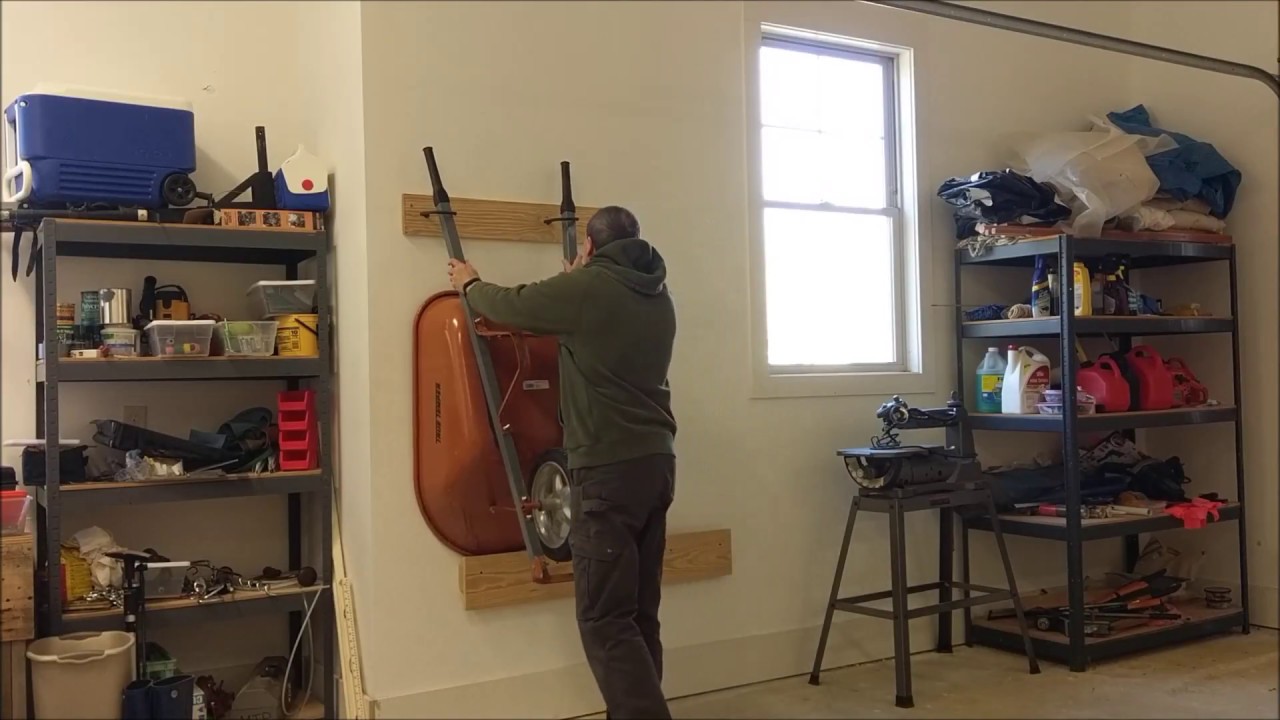

Articles
How To Store A Wheelbarrow In A Garage
Modified: December 7, 2023
Discover the best storage solutions for your wheelbarrow in your garage with our helpful articles. Maximize space and keep your wheelbarrow organized.
(Many of the links in this article redirect to a specific reviewed product. Your purchase of these products through affiliate links helps to generate commission for Storables.com, at no extra cost. Learn more)
Introduction
A wheelbarrow is a versatile tool that can be incredibly useful for various outdoor tasks, such as gardening, landscaping, and construction. However, when not in use, storing a wheelbarrow properly is essential to keep it in good condition and maximize the space in your garage. In this article, we’ll explore different methods and tips for storing a wheelbarrow in a garage.
Before diving into the storage options, it’s important to assess your garage space and determine the best location to store your wheelbarrow. Consider the layout of your garage, available wall space, and the accessibility you need for other items. Clearing out the area designated for wheelbarrow storage will ensure that it is easy to access and won’t be in the way of other garage activities.
Once you have chosen an area for storing the wheelbarrow, the first step is to clear out the space. Remove any items or clutter that may obstruct the wheelbarrow or hinder its storage. This will provide a clean and organized area to safely store the wheelbarrow.
Next, prepare the wheelbarrow for storage. Before storing, make sure to clean the wheelbarrow of any dirt, debris, or moisture. This will help prevent rust and damage while the wheelbarrow is being stored. Inspect the tires, handles, and any other parts for damage. If necessary, repair or replace any worn-out or damaged components to ensure the wheelbarrow is in optimal condition.
When it comes to choosing a storage method, there are a few options to consider depending on the available space in your garage:
- Wall Mount: If you have limited floor space, wall mounting the wheelbarrow can be a practical solution. Install wall brackets or hooks that are designed to hold the wheelbarrow securely. Make sure the brackets are sturdy and properly mounted into the wall for optimal support.
- Ceiling Hang: Another space-saving option is to hang the wheelbarrow from the ceiling. This method requires overhead space in your garage. Use heavy-duty hooks or pulleys to suspend the wheelbarrow from the ceiling beams. Ensure that the hooks or pulleys are securely anchored to withstand the weight of the wheelbarrow.
- Floor Storage: If you have ample floor space, storing the wheelbarrow on the ground is an easy and convenient option. Simply find a designated spot in your garage where the wheelbarrow can safely sit without obstructing walkways or other items.
Key Takeaways:
- Properly storing a wheelbarrow in your garage involves assessing space, choosing the right storage method, and utilizing a wheelbarrow cover to protect it from dust, dirt, and moisture.
- Regular maintenance, including cleaning, tire care, and lubrication, is essential to ensure the longevity and optimal performance of your wheelbarrow for outdoor tasks.
Read more: How To Store Wheelbarrow In Garage
Assess Your Space
Before deciding on the storage method for your wheelbarrow, it’s important to assess the available space in your garage. This will help you determine which storage option is most suitable and efficient for your needs.
Start by measuring the dimensions of your wheelbarrow. Pay attention to the width, height, and length of the wheelbarrow, including the handles. This will give you a baseline to work with and help you determine if your garage has enough space to store the wheelbarrow.
Next, evaluate the layout of your garage. Look for vertical space, such as walls and ceilings, that can be utilized for storage. If you have limited floor space, it may be necessary to explore wall-mounting or ceiling-hanging options for storing the wheelbarrow.
Consider the accessibility you need for other items in the garage. If you frequently use other tools or equipment, make sure that the wheelbarrow storage solution doesn’t hinder your ability to access them easily. It’s important to strike a balance between maximizing space and maintaining convenience.
Take note of any obstructions or potential hazards in the designated wheelbarrow storage area. Ensure that there are no protruding objects, sharp edges, or low hanging items that could damage the wheelbarrow. Clear the area and create a clean and safe space for storing the wheelbarrow.
Assessing your space will also involve considering the weight-bearing capacity of your garage walls or ceiling. If you’re planning to wall-mount or ceiling-hang the wheelbarrow, make sure the structure can support the weight. Consult with a professional if you have any concerns about the stability or integrity of your garage structure.
Finally, look for any existing storage solutions or tools in your garage that can be repurposed for wheelbarrow storage. This could include brackets, hooks, or shelves that are already installed and can be adjusted or modified to accommodate the wheelbarrow.
By thoroughly assessing your space, you’ll have a better understanding of the storage options available to you. This will help you make an informed decision and choose the most suitable method for storing your wheelbarrow in the garage.
Clear Out the Area
Before you can properly store your wheelbarrow in your garage, it’s important to clear out the designated storage area. This step ensures that the area is clean, clutter-free, and ready to accommodate your wheelbarrow.
Start by removing any items, tools, or equipment that may be occupying the space where you plan to store the wheelbarrow. This includes any gardening tools, automotive supplies, or boxes that may be taking up unnecessary space. Consider rearranging or finding alternative storage solutions for these items to free up the space.
As you clear out the area, take the opportunity to declutter and organize. Sort through any items that are no longer needed or used and consider donating or disposing of them. This will not only create more space but also make your garage more functional and efficient.
Take care to remove any hazards or obstructions that could potentially damage your wheelbarrow. This includes sharp tools, exposed nails, or protruding objects. Ensure that the area is safe and free from any potential risks.
Once the area is cleared, thoroughly clean the space. Sweep or vacuum the floor, wipe down any surfaces, and remove any dust or debris. This will help prevent dirt or grime from accumulating on your wheelbarrow and keep it in good condition while it’s being stored.
If you notice any existing damage or repairs needed in the storage area, address them before storing your wheelbarrow. This could include fixing damaged walls, repairing shelves or brackets, or installing additional storage solutions to maximize the space available.
Consider the accessibility of the storage area as well. Ensure that there is enough clearance to easily maneuver the wheelbarrow in and out of the designated space without any difficulty. This is particularly important if you plan to store other items near the wheelbarrow.
By clearing out the area and creating a clean and organized space, you’ll be able to store your wheelbarrow in a way that is both efficient and practical. This will not only protect your wheelbarrow from potential damage but also make it easier for you to access it whenever you need it.
Prepare the Wheelbarrow
Before storing your wheelbarrow in the garage, it’s important to properly prepare it to ensure its longevity and prevent any damage while it’s in storage.
Start by giving the wheelbarrow a thorough cleaning. Remove any dirt, debris, or moisture from the surface, both inside and outside of the wheelbarrow. Use a broom, brush, or hose to remove any loose dirt or debris, and wipe down the surface with a damp cloth or sponge. This will help prevent the buildup of dirt or moisture that could lead to rust or damage over time.
Inspect the tires of the wheelbarrow. Make sure they are properly inflated and in good condition. If there are any punctures or damage to the tires, repair or replace them before storing the wheelbarrow. This will ensure that the tires are ready for use when you need them and will prevent any issues when you take the wheelbarrow out of storage.
Check the handles of the wheelbarrow for any wear or damage. If the handles are loose or cracked, tighten them or replace them if necessary. Ensure that they are securely attached to the main body of the wheelbarrow to prevent any accidents or mishaps while moving or storing the wheelbarrow.
If your wheelbarrow has any removable components, such as trays or buckets, remove them before storing. This will help to prevent any damage to these parts and make the wheelbarrow more compact for storage. Clean and store these removable components separately, ensuring that they are dry and free from any dirt or moisture.
Consider applying a protective coating to the wheelbarrow to further safeguard it during storage. This can be a light oil or lubricant applied to metal parts to prevent rust or a protective spray for plastic or wooden surfaces. Follow the manufacturer’s instructions when applying any protective coating.
Lastly, consider securing any loose or movable parts of the wheelbarrow. This can include using zip ties or bungee cords to keep the handles in a locked position, preventing them from accidentally unfolding or moving during storage. This will help maintain the shape and structure of the wheelbarrow while it’s not in use.
By properly preparing your wheelbarrow for storage, you’ll ensure that it remains in excellent condition and is ready for use whenever you need it. Taking these simple steps will help protect your investment and extend the lifespan of your wheelbarrow.
Choose a Storage Method
When it comes to storing a wheelbarrow in your garage, there are several storage methods to choose from. The method you select will depend on the available space in your garage, your personal preferences, and the level of accessibility you require for your wheelbarrow.
Here are a few commonly used storage methods:
- Wall Mount: Wall mounting is an effective option for storing a wheelbarrow if you have limited floor space. To wall mount your wheelbarrow, you’ll need sturdy wall brackets or hooks designed to hold the weight of the wheelbarrow. Attach the brackets or hooks to a secure wall stud, ensuring they are properly mounted and can support the weight of your wheelbarrow. Hang the wheelbarrow on the hooks or brackets, making sure it is securely placed. This method helps keep your garage floor clear and allows for easy access to the wheelbarrow when needed.
- Ceiling Hang: Ceiling hanging is a space-saving storage option that allows you to store the wheelbarrow overhead. This method requires adequate overhead space in your garage and involves using heavy-duty hooks or pulleys attached to ceiling beams. Hang the wheelbarrow by attaching the hooks to the handles or frame, making sure they are securely anchored and can support the weight. This method keeps your wheelbarrow out of the way, freeing up valuable floor and wall space.
- Floor Storage: If you have ample floor space in your garage, storing the wheelbarrow on the ground is a simple and convenient option. Find a designated spot where the wheelbarrow can be safely placed without obstructing walkways or other items. Ensure that the wheelbarrow is stable and will not tip over. You can position it against a wall or in a corner to maximize space efficiency.
- Wheelbarrow Covers: Regardless of the storage method you choose, using a wheelbarrow cover is highly recommended. A cover will protect the wheelbarrow from dust, dirt, and any potential damage from sunlight or moisture. Opt for a cover specifically designed for wheelbarrows, ensuring it is waterproof and durable. Covering your wheelbarrow keeps it clean and extends its lifespan.
Consider the layout and size of your garage, as well as your personal storage needs, when deciding on the most suitable storage method for your wheelbarrow. Take into account the accessibility and ease of use for your specific situation.
It’s important to note that whatever storage method you choose, make sure that the wheelbarrow is safely secured and won’t pose a safety hazard or risk of damage to the surrounding area.
Selecting the right storage method will ensure that your wheelbarrow is stored efficiently, keeping it in good condition and making it easily accessible whenever you need it for your outdoor projects.
Read more: How To Store A Wheelbarrow
Wall Mount
Wall mounting your wheelbarrow is an excellent storage option if you have limited floor space in your garage. This method allows you to utilize the vertical space on your garage walls, keeping your wheelbarrow off the ground and easily accessible when needed.
Here’s how you can wall mount your wheelbarrow:
- Choose the wall where you want to mount your wheelbarrow. Make sure it is sturdy and can support the weight of the wheelbarrow. This is especially important if your wheelbarrow is large or heavy.
- Measure the height and width of your wheelbarrow to determine the appropriate placement on the wall. Ensure that there is enough space to hang the wheelbarrow without it interfering with any other items or obstructing walkways.
- Find suitable wall brackets or hooks that are specifically designed for wheelbarrow storage. These brackets or hooks should be capable of securely holding the weight of the wheelbarrow. Consider using heavy-duty steel brackets for added strength and durability.
- Locate the wall studs in the chosen area using a stud finder. It is crucial to anchor the brackets or hooks into the wall studs to ensure proper support.
- Securely attach the brackets or hooks to the wall studs, following the manufacturer’s instructions. Use screws or bolts that are appropriate for the material of your garage wall.
- Hang the wheelbarrow on the brackets or hooks. Make sure the wheelbarrow is properly aligned and securely positioned. Double-check that the brackets or hooks are securely fastened to avoid any accidents or damage.
- If your wheelbarrow has handles, you can loop bungee cords or straps around them and attach them to the brackets or hooks to keep the wheelbarrow in place and prevent it from swinging or falling.
Wall mounting your wheelbarrow not only keeps it off the ground but also creates more space in your garage. It provides easy access to the wheelbarrow and keeps it organized, allowing you to efficiently utilize your garage space.
Remember to regularly inspect the wall brackets or hooks and ensure they remain secure. If you notice any signs of wear or damage, promptly replace them to maintain the safety and stability of your wall-mounted wheelbarrow.
By wall mounting your wheelbarrow, you’ll have a convenient storage solution that keeps your garage organized while protecting your wheelbarrow from potential damage or clutter.
Store the wheelbarrow upside down to prevent water from collecting in the tray. Hang it on the wall or use a wall-mounted rack to save floor space.
Ceiling Hang
If you have limited floor space or prefer a more space-efficient storage method, ceiling hanging is a great option for storing your wheelbarrow in the garage. This method allows you to maximize the vertical space in your garage by suspending the wheelbarrow from the ceiling.
Here are the steps to ceiling hang your wheelbarrow:
- Assess the height and available space in your garage ceiling. Make sure there is enough overhead clearance to comfortably hang the wheelbarrow without obstructing any other items or walkways.
- Locate the ceiling beams or rafters where you want to install the hooks or pulleys. Ceiling beams provide the necessary support to safely hang the weight of the wheelbarrow.
- Choose heavy-duty hooks or pulleys specifically designed for overhead storage. These should be sturdy enough to hold the weight of your wheelbarrow. Consider using steel hooks or pulleys for added strength and durability.
- Using a power drill or screwdriver, securely attach the hooks or pulleys to the ceiling beams, following the manufacturer’s instructions. Make sure they are properly anchored to ensure the wheelbarrow’s weight is evenly distributed and properly supported.
- Attach ropes, cables, or chains to the hooks or pulleys, making sure they are securely fastened and can support the weight of the wheelbarrow. You may need to adjust the height and length of the ropes, cables, or chains to achieve the desired position for the wheelbarrow.
- Hang the wheelbarrow from the ropes, cables, or chains, ensuring that it is centered and securely positioned. Double-check the connections and make any necessary adjustments to ensure the wheelbarrow is stable and won’t swing or fall.
- If necessary, you can also consider using additional straps or bungee cords to secure the handles of the wheelbarrow to the ropes, cables, or chains. This will help prevent any unintended movement or swinging.
By ceiling hanging your wheelbarrow, you create additional floor space in your garage while keeping the wheelbarrow easily accessible. It’s important to ensure that the hooks or pulleys are securely installed and properly maintained for the safety of your wheelbarrow and the surrounding area.
Regularly inspect the hooks or pulleys for any signs of wear or damage. If you notice any issues, promptly replace them to maintain the stability and integrity of your ceiling-hung wheelbarrow.
Ceiling hanging is an efficient and practical storage method that keeps your wheelbarrow out of the way, while still keeping it readily accessible for your outdoor tasks.
Floor Storage
If you have ample floor space in your garage, storing your wheelbarrow on the ground is a simple and convenient storage method. This method allows you to easily access your wheelbarrow while keeping it stable and ready for use whenever you need it.
Here are some tips for floor storage of your wheelbarrow:
- Choose a designated spot in your garage where the wheelbarrow can be safely stored without obstructing walkways or other items. Consider placing it against a wall or in a corner to maximize space efficiency.
- Before placing the wheelbarrow on the floor, ensure that the area is clean and free from any loose debris or sharp objects that could damage the wheelbarrow.
- Position the wheelbarrow upright with the handles against the wall or in a stable, balanced position. This will help prevent it from tipping over and causing any accidents or damage.
- If your wheelbarrow has wheels, ensure they are locked to prevent any accidental movement when the wheelbarrow is not in use.
- Consider using a wheelbarrow stand or support to keep the wheelbarrow elevated off the ground. This can help protect the tires from flat spots and prevent contact with moisture or dirt on the floor.
- If you have multiple wheelbarrows or other tools stored together, use dividers or labels to organize and differentiate them. This will make it easier to locate and access specific items when needed.
- Regularly inspect the wheelbarrow for signs of damage or wear. If you notice any issues, such as loose handles or worn-out tires, address them promptly to ensure the wheelbarrow remains in good working condition.
Storing your wheelbarrow on the garage floor provides easy accessibility and requires minimal setup. It’s important to ensure that it is positioned securely and does not pose a tripping hazard or obstruct the flow of traffic in your garage.
By utilizing floor storage for your wheelbarrow, you’ll have a convenient storage solution that keeps your garage organized and allows for quick and easy access whenever you need your wheelbarrow for outdoor tasks.
Wheelbarrow Covers
Using a cover for your wheelbarrow is a practical and effective way to protect it from dust, dirt, moisture, and UV exposure. A wheelbarrow cover acts as a barrier, keeping your wheelbarrow in good condition while it’s being stored in your garage.
Here are some reasons why you should consider using a wheelbarrow cover:
- Protection from Dust and Dirt: By covering your wheelbarrow, you prevent dust and dirt from accumulating on its surface. This is especially important if you store your wheelbarrow for an extended period of time, as dust and dirt particles can cause scratches and damage the paintwork.
- Prevention of Moisture Damage: A quality wheelbarrow cover is waterproof, which helps protect your wheelbarrow from moisture. Moisture can cause rust on metal surfaces and lead to the deterioration of wooden or plastic components. A cover acts as a shield, keeping your wheelbarrow dry and in good condition.
- UV Protection: If you store your wheelbarrow in an area exposed to sunlight, UV rays can cause fading and damage to the materials. A cover with UV protection will shield your wheelbarrow from harmful rays, preserving its original color and quality.
- Insect and Pest Prevention: Wheelbarrow covers also help keep insects, pests, and critters away from your wheelbarrow. This is particularly important if you store your wheelbarrow in a garage that is prone to pest infestation. The cover acts as a barrier, preventing insects or rodents from nesting or causing damage to the wheelbarrow.
- Prevention of Accidental Scratches or Damage: When stored alongside other tools or equipment in your garage, a wheelbarrow can easily get scratched or damaged. A cover adds an extra layer of protection, minimizing the risk of accidental bumps or scratches from other items.
When choosing a wheelbarrow cover, opt for a durable and waterproof material that is specifically designed to fit your wheelbarrow model. Look for covers with straps or drawstrings that allow for a secure fit and easy installation. Additionally, make sure the cover is easy to clean and maintain.
When covering your wheelbarrow, clean and dry it thoroughly before placing the cover. Ensure that the cover is snugly fitted and securely fastened, leaving no open areas for dust, dirt, or moisture to enter.
A wheelbarrow cover is a small investment that can significantly extend the lifespan of your wheelbarrow and keep it looking and functioning like new. By protecting your wheelbarrow with a cover, you’ll be ensuring its longevity and maintaining its value over time.
Read more: How To Store Wheelbarrow
Maintenance Tips
Maintaining your wheelbarrow is essential to ensure its longevity and optimal performance. By following a few simple maintenance tips, you can keep your wheelbarrow in great condition, ready for use whenever you need it.
Here are some maintenance tips for your wheelbarrow:
- Regular Cleaning: Clean your wheelbarrow after each use, especially if it has come into contact with dirt, debris, or moisture. Use a hose or bucket of water, along with a brush or sponge, to remove any dirt or residue. Dry the wheelbarrow thoroughly to prevent rust or corrosion.
- Tire Care: Check the tire pressure regularly and maintain it at the recommended level. Properly inflated tires ensure smooth operation and reduce the risk of damage or blowouts. Inspect the tires for any punctures or wear, and replace them as necessary to maintain optimal performance.
- Handle Maintenance: Examine the handles for any signs of damage or wear. Tighten loose screws or fasteners, and repair or replace handles that are cracked or broken. Applying a coat of protective clear varnish or paint to wooden handles can help prolong their lifespan.
- Lubrication: Apply lubrication to any moving parts of the wheelbarrow, such as hinges, wheel axles, or wheel bearings. This will help reduce friction and ensure smooth operation. Use a multi-purpose lubricant or specific lubricating oil recommended for your wheelbarrow.
- Storage Considerations: Store your wheelbarrow in a clean and dry area, away from direct sunlight and extreme temperatures. If possible, elevate the wheelbarrow from the ground using a stand or support to prevent flat spots on the tires. Use a wheelbarrow cover to protect it from dust, dirt, and moisture when not in use.
- Inspect for Damage: Regularly inspect your wheelbarrow for any signs of damage, such as bent frames, cracked trays, or worn-out components. Promptly address any issues by repairing or replacing damaged parts to ensure safe operation.
- Weight Limit: Respect the weight capacity of your wheelbarrow and avoid overloading it. Excessive weight can lead to strain on the wheelbarrow, causing damage to the frame, handles, or tires. Distribute the load evenly and use proper lifting techniques to minimize stress on your wheelbarrow.
- Avoid Harsh Chemicals: Avoid exposing your wheelbarrow to harsh chemicals or corrosive substances as these can damage the paintwork, surface, or structural integrity. Clean your wheelbarrow using mild soap and water or specific cleaning agents recommended for your wheelbarrow material.
By following these maintenance tips, you’ll keep your wheelbarrow in excellent condition and ensure its longevity. Regular cleaning, proper tire care, lubrication, and storage considerations will help extend the lifespan of your wheelbarrow, making it a reliable tool for all your outdoor tasks.
Conclusion
Storing your wheelbarrow properly in your garage is crucial to maintain its condition and maximize the available space. By assessing your space, clearing out the area, and preparing the wheelbarrow, you can ensure a smooth and efficient storage process.
Choosing the right storage method, whether it’s wall mounting, ceiling hanging, or floor storage, depends on the available space in your garage and your personal preferences. Consider factors like accessibility and convenience when deciding how to store your wheelbarrow.
Utilizing a wheelbarrow cover adds an extra layer of protection, guarding against dust, dirt, moisture, and UV exposure. It helps extend the lifespan of your wheelbarrow and keeps it in optimal condition.
Maintenance of your wheelbarrow is essential for its longevity and performance. Regular cleaning, tire care, handle maintenance, lubrication, and proper storage are all important aspects of maintaining your wheelbarrow.
By following these storage and maintenance tips, you can ensure that your wheelbarrow remains in excellent condition and ready for use whenever you need it for gardening, landscaping, or construction projects.
Remember, a well-maintained wheelbarrow will not only make your outdoor tasks more convenient but will also save you time and effort in the long run.
So, take the time to assess your space, choose an appropriate storage method, prepare your wheelbarrow, and implement regular maintenance practices. Your wheelbarrow will be well-preserved, and you’ll enjoy its reliability and performance for years to come.
Frequently Asked Questions about How To Store A Wheelbarrow In A Garage
Was this page helpful?
At Storables.com, we guarantee accurate and reliable information. Our content, validated by Expert Board Contributors, is crafted following stringent Editorial Policies. We're committed to providing you with well-researched, expert-backed insights for all your informational needs.
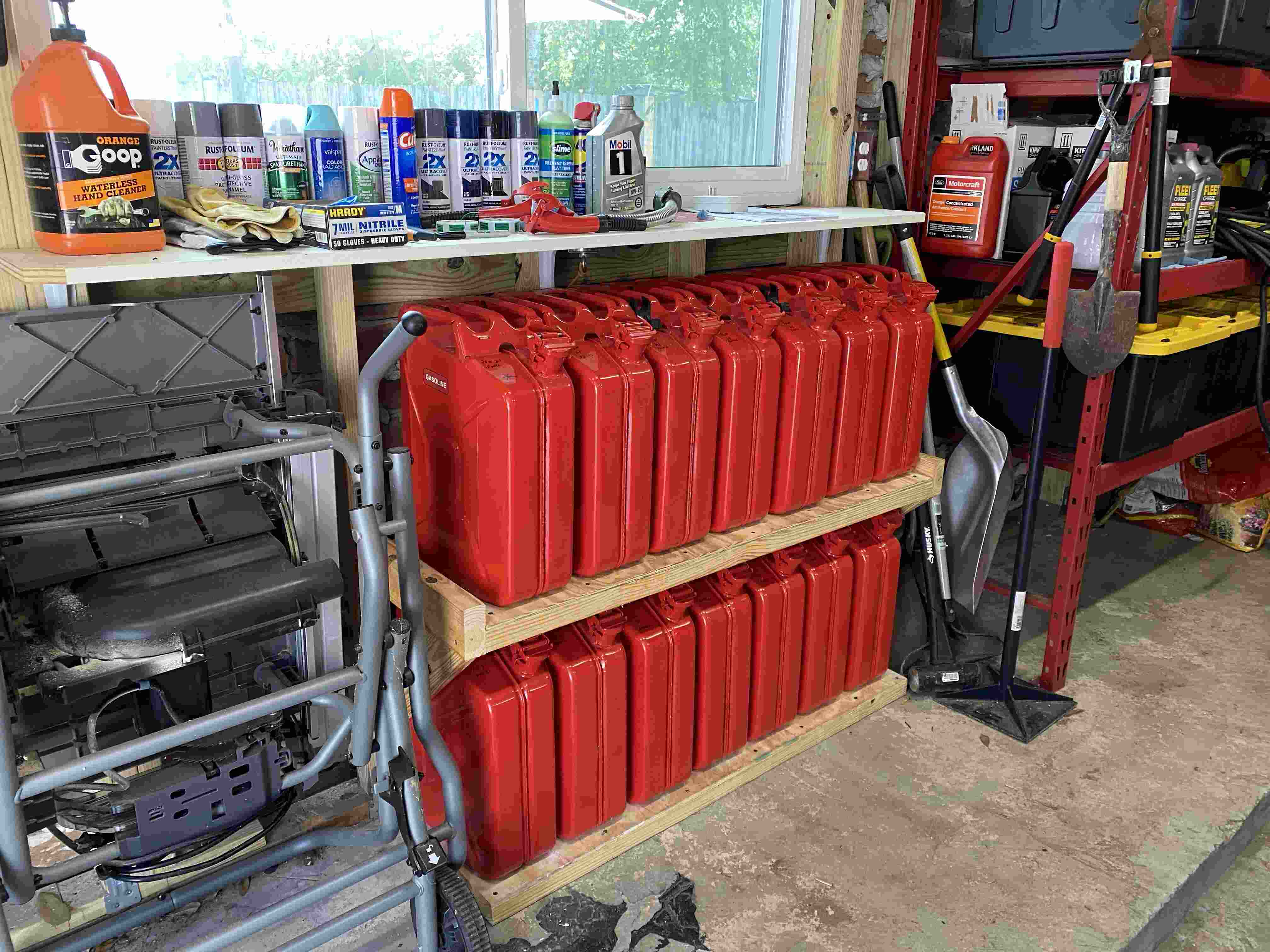
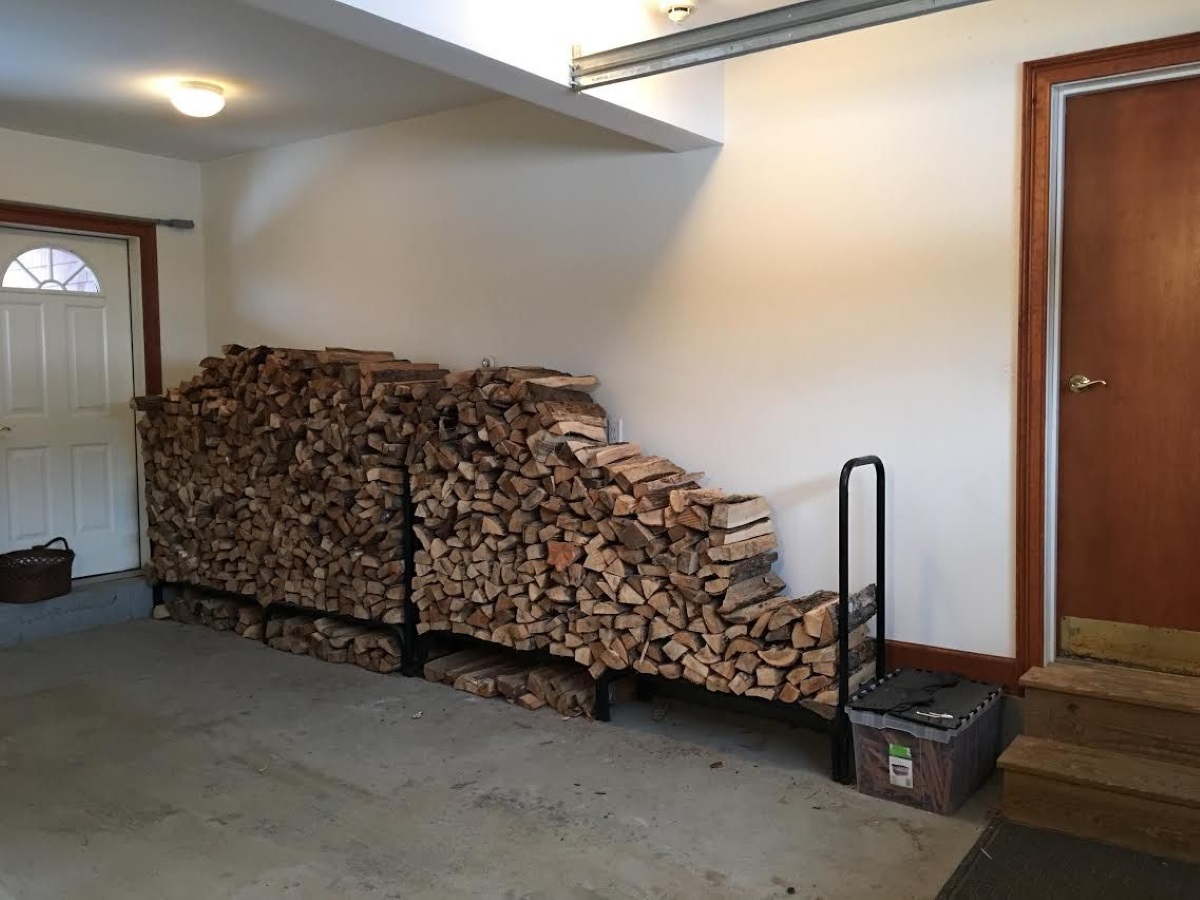
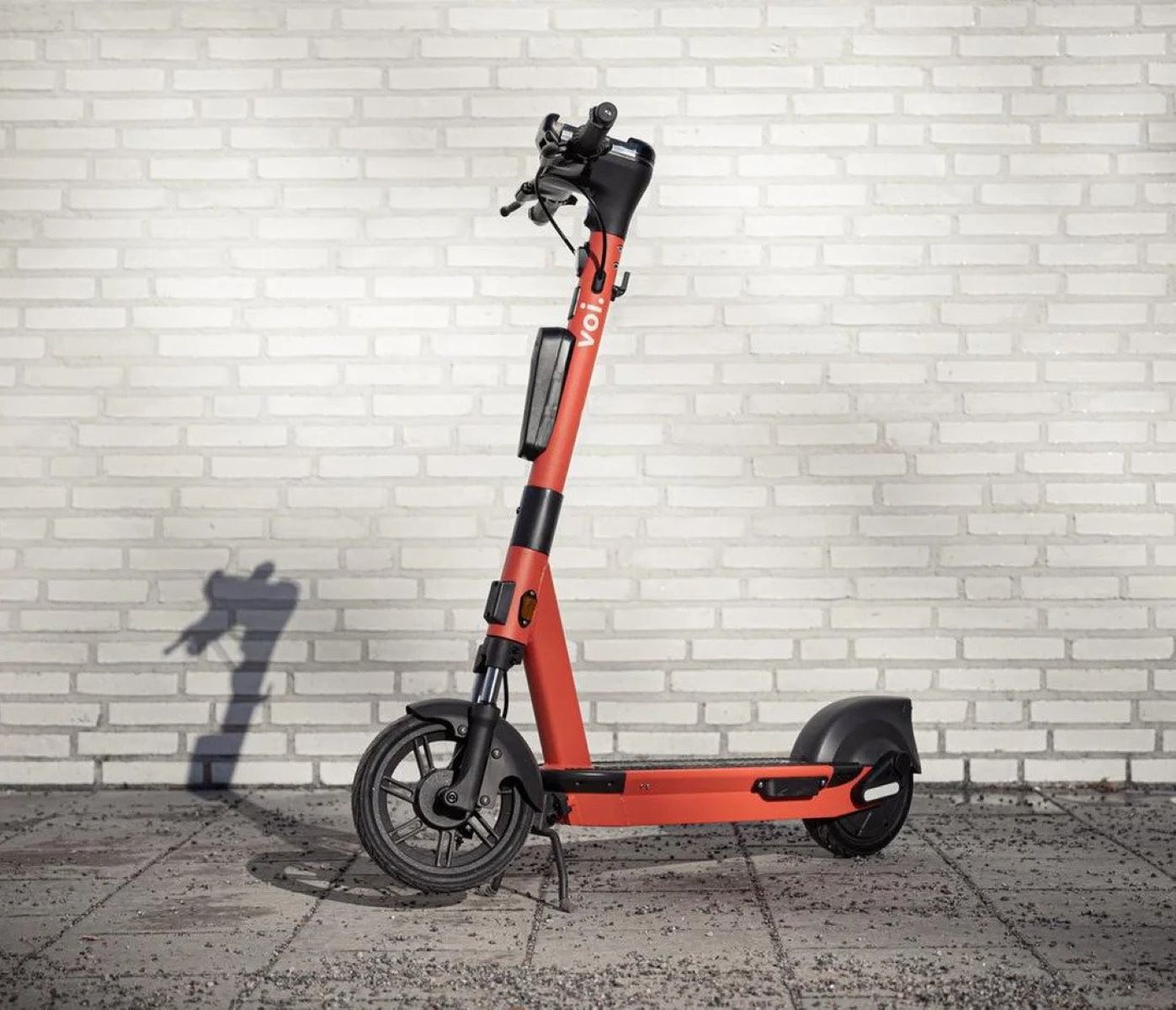
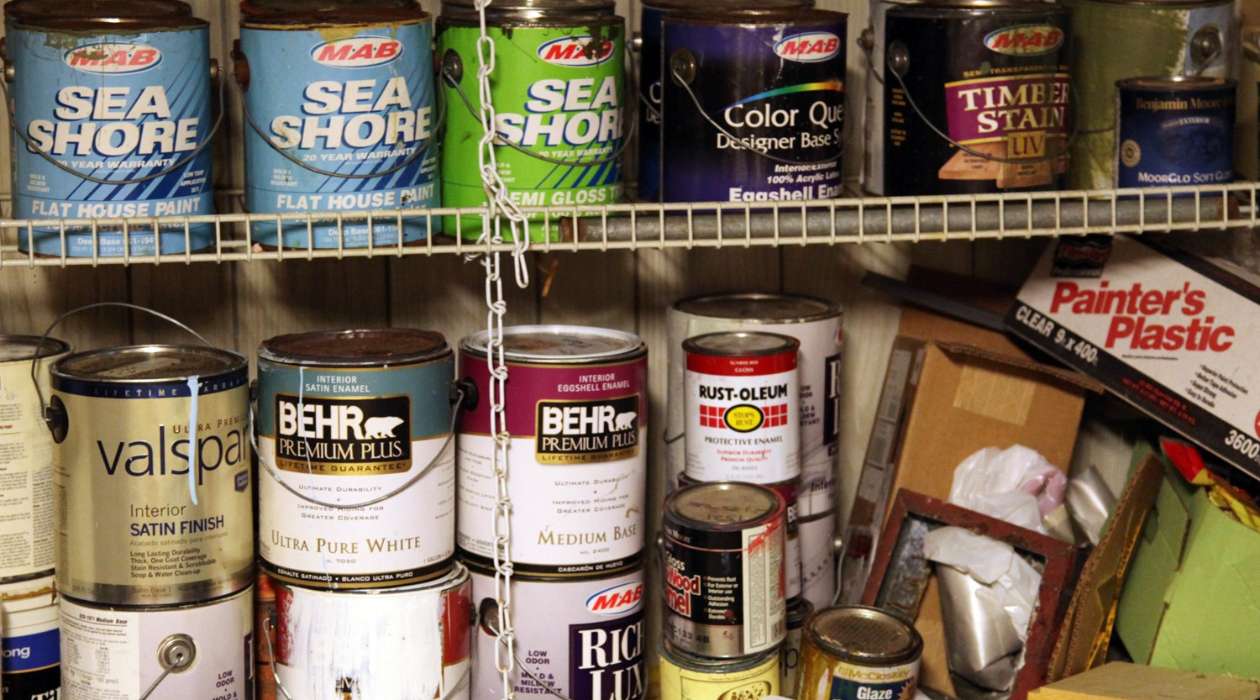

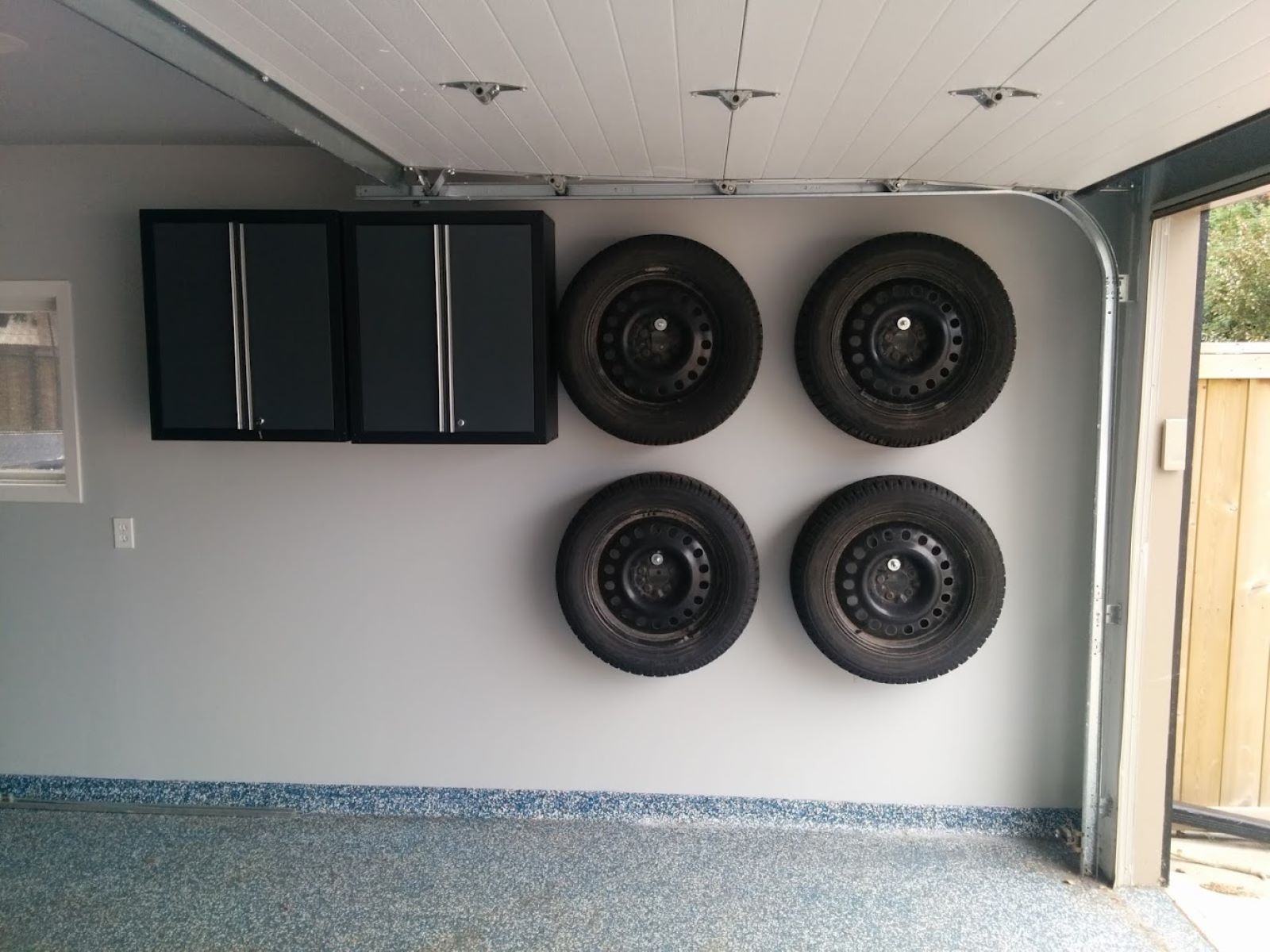
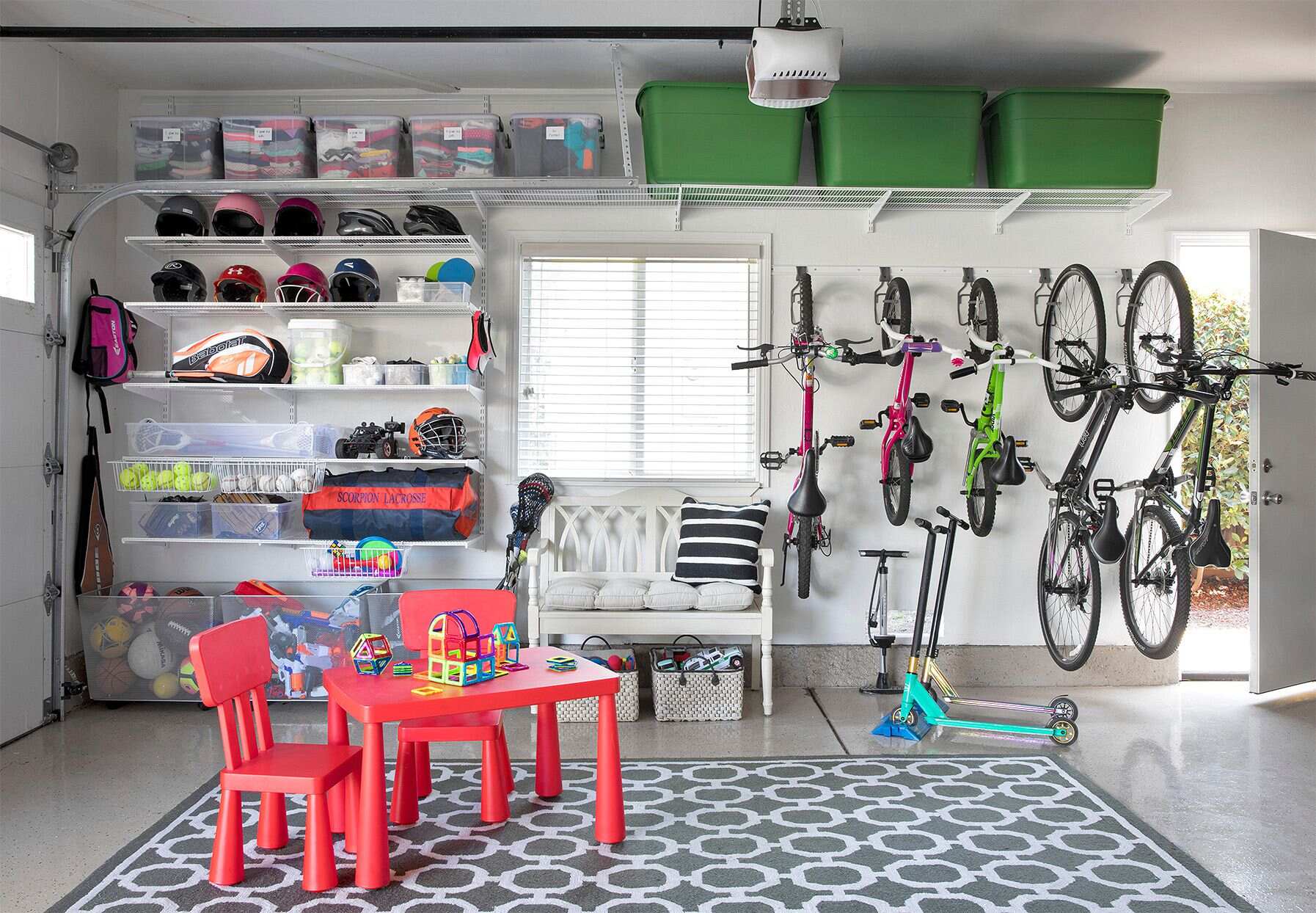
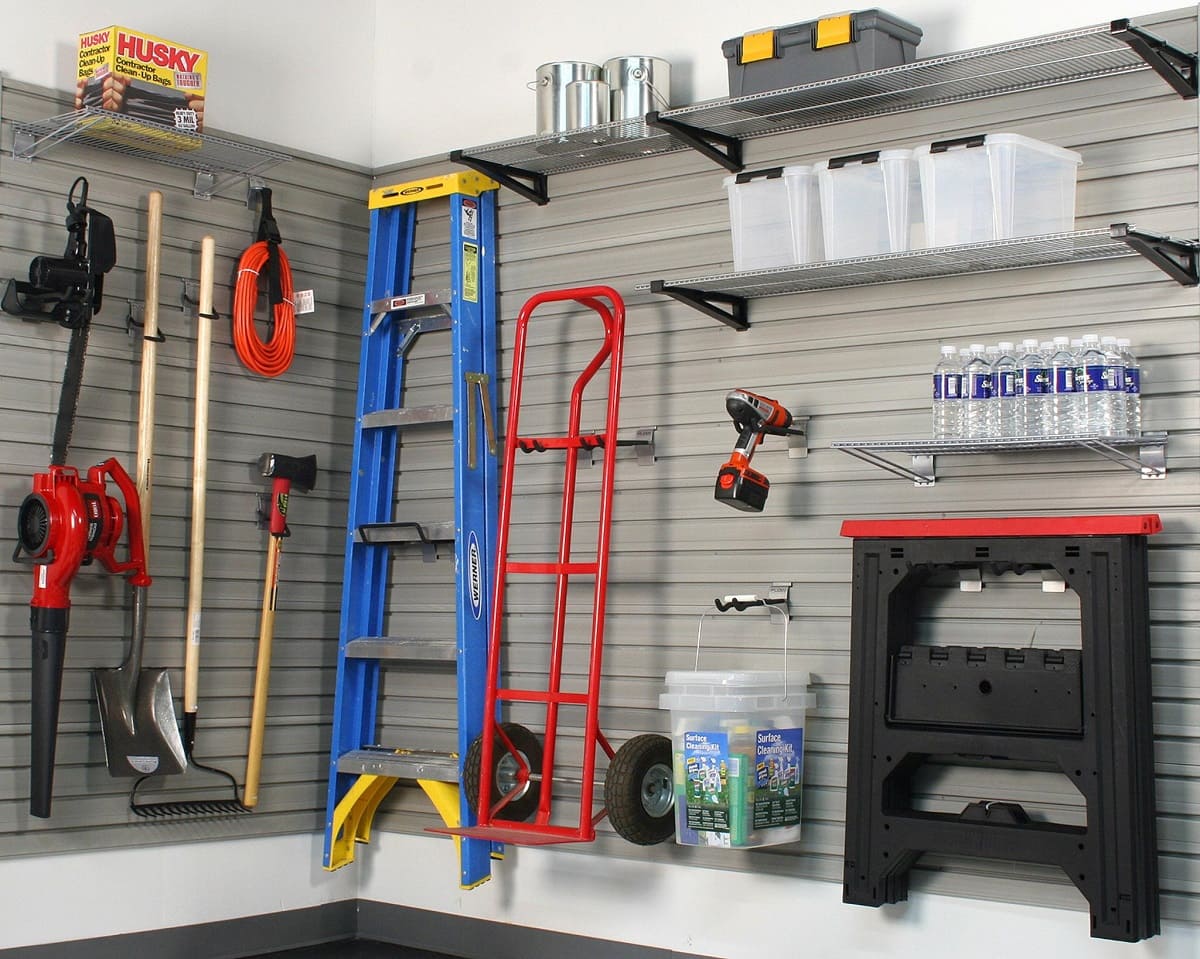
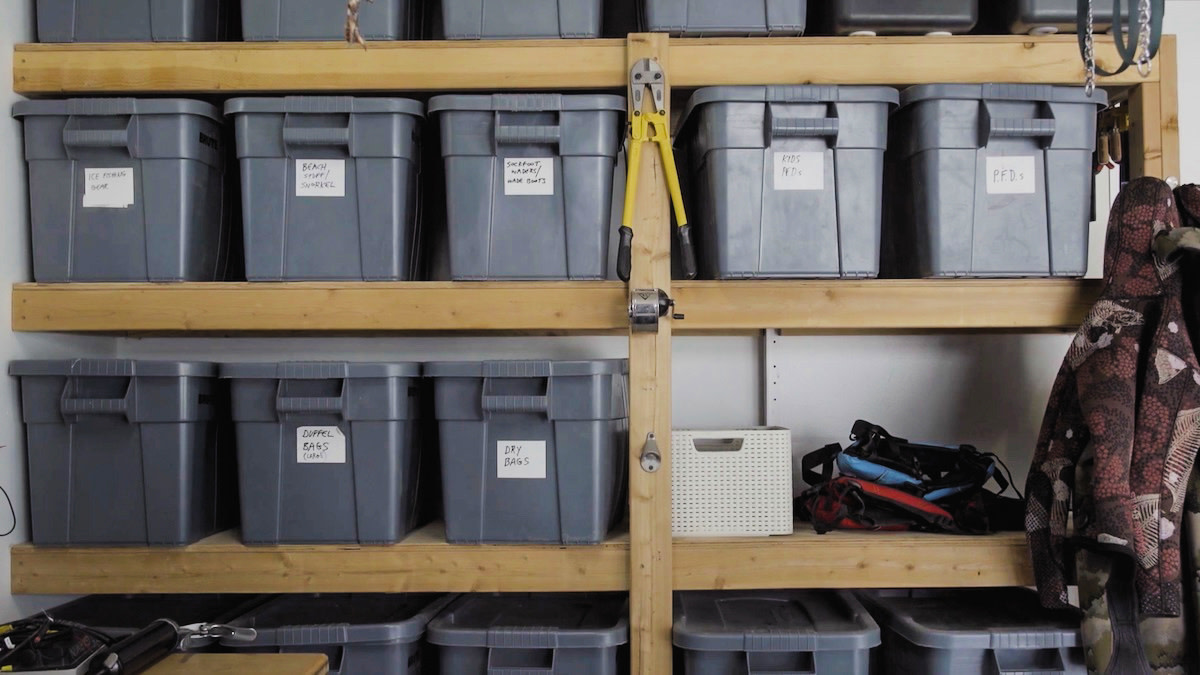





0 thoughts on “How To Store A Wheelbarrow In A Garage”